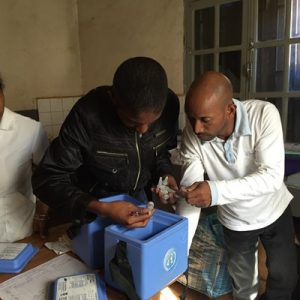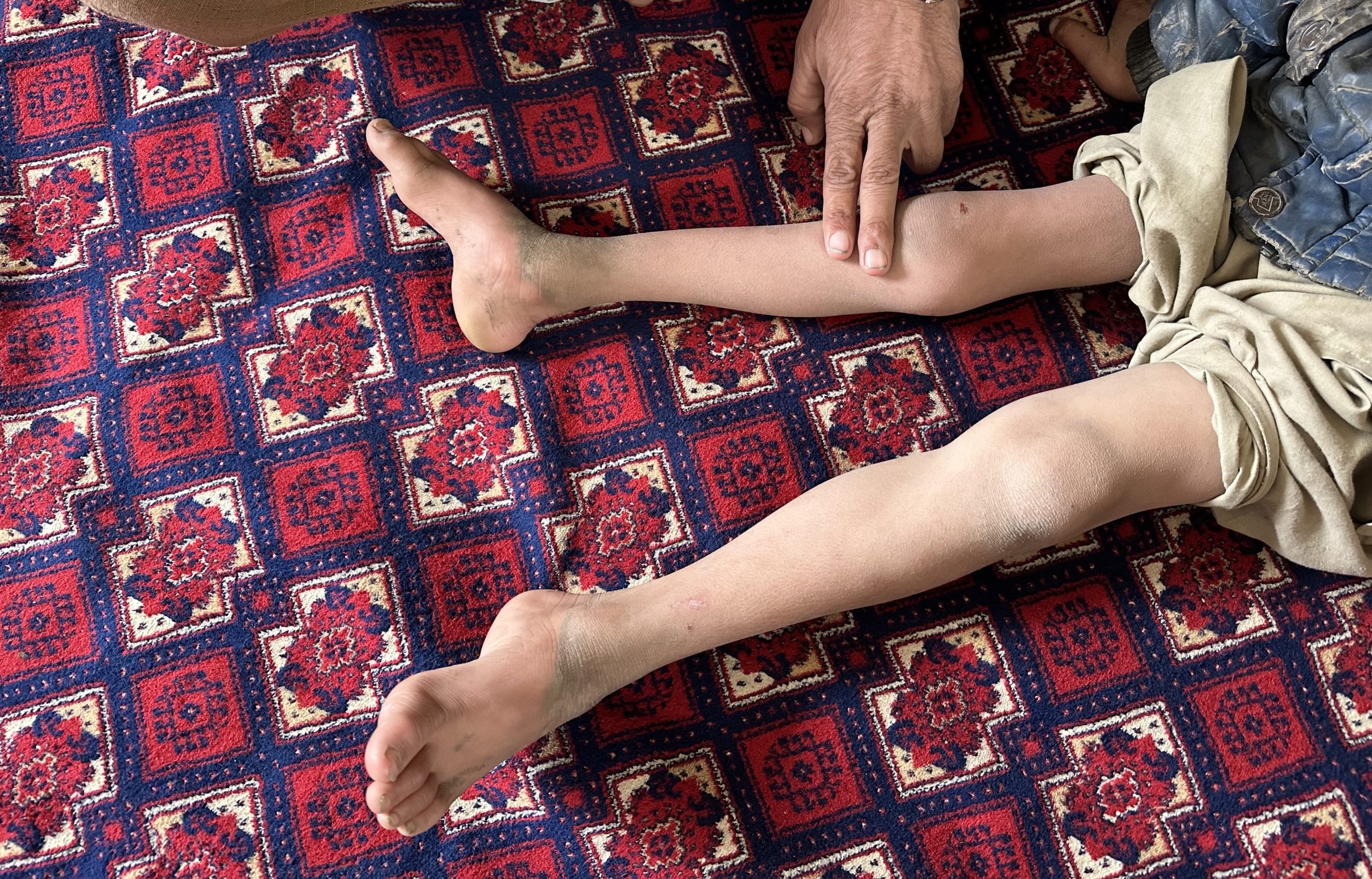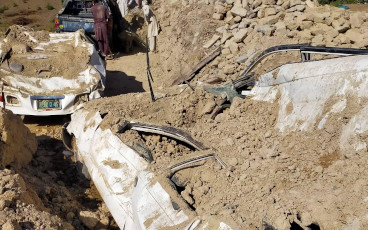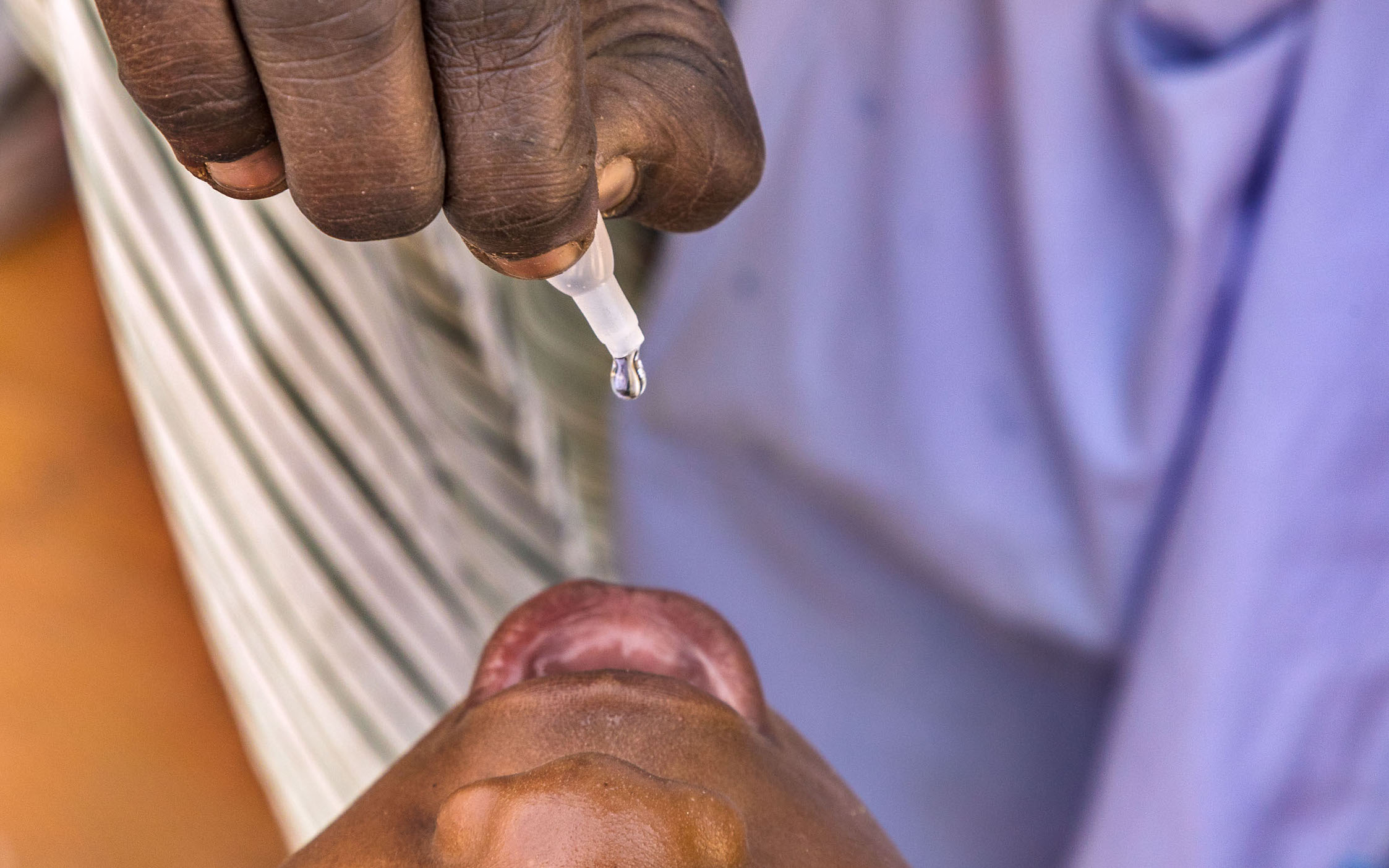
The past year has been marked by defining events that show us to be closer than we have ever been to achieving the goal of polio eradication. One such milestones was one of the biggest globally coordinated projects in the history of vaccines: the withdrawal of the type two component of the oral polio vaccine through the switch from trivalent to bivalent oral polio vaccine (OPV) in 155 countries and territories.
The goal of eradicating polio is one that has pulled together countries, donors, politicians, traditional leaders and families for nearly three decades, since the origins of the Global Polio Eradication Initiative (GPEI) in 1988. Taking the world one huge step forwards towards the eventual removal of all oral polio vaccine, the switch will help to reinforce immunity against the remaining types of polioviruses and greatly reduce the risk of vaccine-derived cases.
Referring to the OPV switch in her opening address to the 69th World Health Assembly (WHA) in May, Dr Margaret Chan, the Director General of WHO, offered her thanks to countries for what she described as a ‘marvellous feat’.
A Global Achievement
After many months of coordination, planning, training, procurement efforts, and logistical preparations, the switch is now complete. To confirm that trivalent oral polio vaccine is no longer being used, almost all countries have submitted their national validation reports, with the remaining few in the final stages of clearance. Based on initial analysis, the volumes of trivalent OPV disposed as a result of the switch have been minimised, due to overall strong advance planning and activities such as inventory assessments.
Why the switch matters for polio eradication
Thanks to the trivalent oral polio vaccine, more than 16 million children are walking today who would otherwise have been paralysed for life. Giving protection against all three types of the virus, it led to the eradication of type two wild poliovirus, confirmed in September 2015, and to three years passing since the last case of type three was reported in 2012. With type one wild poliovirus remaining in just two countries – Pakistan and Afghanistan – and case numbers at an all-time low, the world is closer than it has ever been to getting rid of polio for good.
However, this decrease in cases of wild polioviruses has shifted the focus of the GPEI to placing an equal emphasis on vaccine derived polioviruses, which in very rare cases when routine immunization levels are low can mutate from the attenuated virus originally contained in the oral polio vaccine. In 2015, cases of vaccine derived polioviruses were found in more countries than wild poliovirus cases – a sign of significant progress towards stopping wild polio, and also a reminder of the importance of withdrawing the oral polio vaccine in a phased manner (beginning with the switch), as outlined in the Polio Eradication and Endgame Strategic Plan.
In the last ten years, 90% of vaccine-derived poliovirus cases evolved from the type 2 component in the oral polio vaccine. Additionally, more than 200 cases of vaccine-associated paralytic polio (VAPP) were caused by this component every year. These statistics, alongside the declaration of the eradication of type two wild poliovirus last year, provided the momentum for the withdrawal of the type two component of the oral polio vaccine through the trivalent to bivalent switch.
What next?
There is still much to do. While the switch will eventually remove the threat of type 2 circulating vaccine derived polioviruses for future generations, there are important risk mitigation measures that need to be taken to ensure that no type two poliovirus can ever again pose a threat to children. The global contingency plans that have been put in place were appreciated by many delegates at the WHA, especially in light of the global supply shortage of the inactivated polio vaccine.
First of all, outbreak response plans are being put in place to protect against strains of type two vaccine derived poliovirus should such strains emerge from type two oral polio vaccines used up until the switch, if allowed to circulate and mutate in areas with low levels of immunity. A global stockpile of monovalent oral polio vaccine type two is in place in case such outbreak occurs, to rapidly build immunity against type two in the surrounding area. Finally, containment measures are being carried out to ensure the safe handling of type 2 viruses in vaccine manufacturing facilities or laboratories.
Progress for Public Health
Delegates at the polio session of the WHA praised the execution of the switch, emphasising the importance of this step for public health. Michel Zaffran, Director of Polio Eradication at WHO stated: “The switch marks how far we have come; and will take us even further towards stopping vaccine derived polioviruses.”



